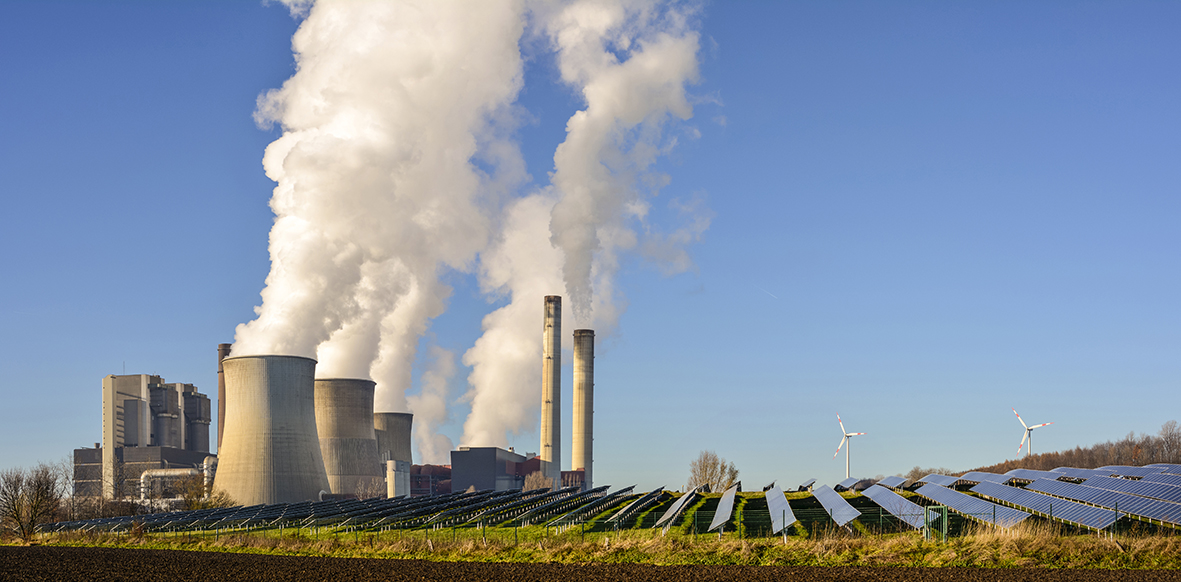
DOWNLOAD
DATE
Contact
The Trump administration’s approach to the traditional energy trilemma (the challenge of balancing the goals of cheap, secure and clean energy) appears set to skew heavily towards the low cost and secure aspects of energy supply at the expense of any focus on carbon emissions. While federal legislation, such as the Clean Power Plan (CPP), and U.S. commitment to the Paris Agreement (COP-21) may fall casualty to anticipated policy actions, our analysis shows the future for carbon emissions will not be as gloomy as many fear – largely due to the trajectory the power sector is already firmly on.
Decarbonization: a policy of the past in the U.S.?
The December 2015 Paris Agreement was seen as a landmark for decarbonization: policy makers the world over, including the chief emitters, China and the U.S., agreed a deal to strengthen the worldwide response to climate change. To date, 127 out of 197 Parties have ratified the Agreement.
The Obama Administration approved the Paris deal in September 2016. The U.S. target for greenhouse gas emission reductions currently stands at 26 to 28% below 2005 levels by 2025. The main federal energy policy measure to deliver this decrease in carbon was Obama’s Clean Power Plan (CPP), which sought to reduce emissions from the power sector by 30% by 2030.
With the Trump Administration now in the White House, the CPP is unlikely to be implemented. U.S. energy policy will be replaced with the “America First Energy Plan”. It may only be a high-level summary at this stage (March 2017), but the focus has clearly shifted away from low carbon; the emphasis is now on low cost supply and utilizing domestic energy sources, specifically coal, shale oil and shale gas.
There is no doubt that there is an abundance of coal, oil and gas in the U.S. Unconventional production methods have been a game-changer, and technology improvements continue to reduce the cost of extraction. Renewable power can also be a cost-competitive energy source, and an additional provider of domestic energy supply and potential economic growth (a view supported by energy giants such as Shell, which recently reiterated its intention to invest beyond fossil fuels). But there is no clear mention of either increasing renewable generation capacity or in limiting greenhouse gas emissions in the current version of the Plan (although clean air and water are included). Trump’s new policies, despite calls from the E.U. and China not to abandon the decarbonization goal, seem to be a major shift in recent U.S. policy, and a potential U-turn away from the initial commitment on climate change.
In this Viewpoint, we consider whether significant reductions in carbon emissions can still be achieved if Obama’s Clean Power Plan is disregarded, and then under a possible Trump “America First Energy Plan” scenario. In essence, what happens to U.S. emissions in the power sector without continued support for renewables? Will natural gas, the cleanest of the fossil fuels, compete against coal to continue to deliver a reduction in U.S. greenhouse gas emissions?



